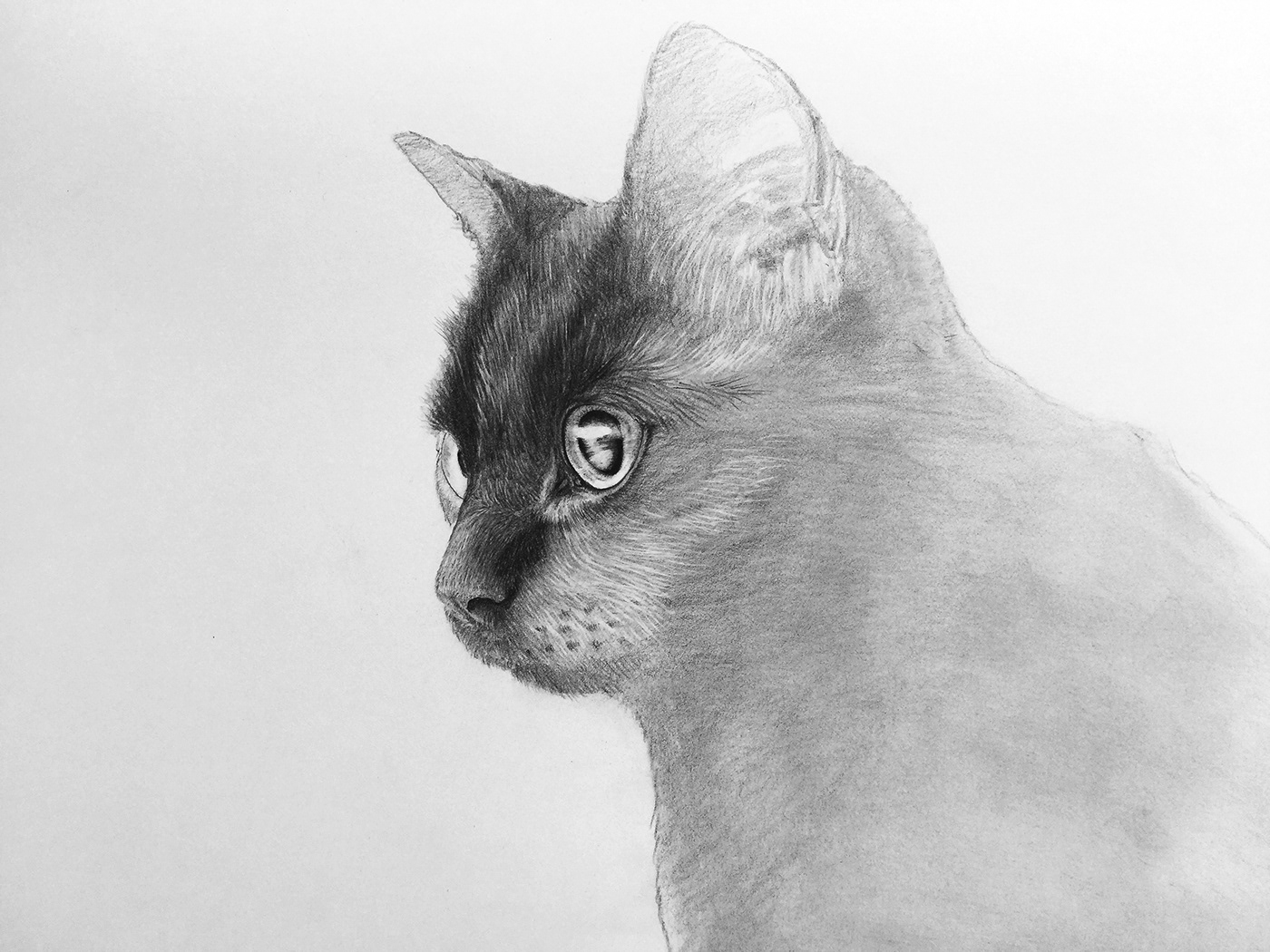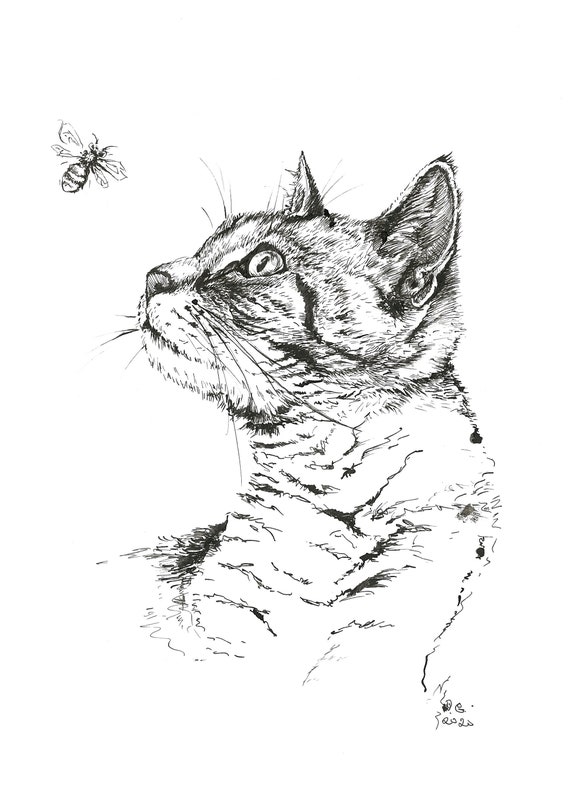

Keep your brush small, and take your time. Use the Eyedropper all the time to create an appealing variety of shades, all blended nicely with a textured look. Use the Eyedropper Tool (Alt key) to pick the color from the area that you want to cover, and paint in a more measured way, paying attention to the from and details. Now, if you have time, you can render the details to make the artwork more presentable. blue on top (when colorized by the sky), green on bottom (when colorized by the grass), orange between body parts (when colorized by the subsurface scattering of the fur), and so on. Remember that shadows are colorized by reflected light, so you can use different colors in different places-e.g.

Use low saturated colors, not too dark, and paint the areas that should be obstructed from the light.Īlthough blue is often recommended for shadows, for fur it’s better to use warmer shades. Imagine the creature as if it was a sculpture made of simple forms, like cylinders and spheres. Now you can paint the shadows using the same brush as before. At this stage your brush should stay big, unless you’re filling smaller areas like eyes or nose.Īdd a new layer and change its Blend Mode to Multiply. If you plan to add spots, stripes, or some other detailed pattern, it’s better to keep it for later (unless you don’t plan to render it any more). This will allow you to create natural, textured blending between shades.įocus on the big patches of colors for now. Utilize pressure sensitivity to create various shades of the same color just by pressing hard or light. Start with a base (brown is a safe choice), and then start adding other colors to it.

Use a simple round brush (like my Painting brush) to paint the colors of the creature.
CAT SKETCH FULL
In the first case, nobody will see them, and in the latter, their refined look would contrast with the lack of details of the colored part.Ĭhange the background color to something more neutral than full brightness. Keep them simple-these lines either will disappear if you decide to render the painting, or stay visible on top of quickly sketched colors and shading. If you’re happy with the sketch, lower the Opacity to make it less visible.Ĭreate a new layer and draw the final lines. If you want to create an imaginary species of a big cat, like me, it’s best to mix features of real species. There’s no need to keep the lines overly clean, but make sure that you leave nothing to guess. Once you have the proportions defined, you can add the masses of the body and details of the head.
CAT SKETCH FREE
Feel free to create a couple of quick sketches like this and pick the one you like the most. Step 1Ĭapture a basic pose of the creature by sketching its “skeleton”-torso, legs, neck, skull, and tail. However, if you want to use the same brushes as me, I compiled a set for you here.

This method is very simple and it doesn’t require any advanced brushes. The whole drawing took me less than 50 minutes, but if you don’t need a fully rendered look, you can be done in half this time.
CAT SKETCH HOW TO
In this tutorial I’ll show you how to sketch, color, shade, and render the details of an imaginary feline creature as efficiently as possible. You can do it in a fast and efficient way in Autodesk SketchBook. If you have a visual idea, there’s no better way to show it to others than simply drawing it. Her specialty are animals and realistic imaginary creatures. Monika Zagrobelna is a freelance artist and a tutorial author passionate about both learning and teaching.


 0 kommentar(er)
0 kommentar(er)
